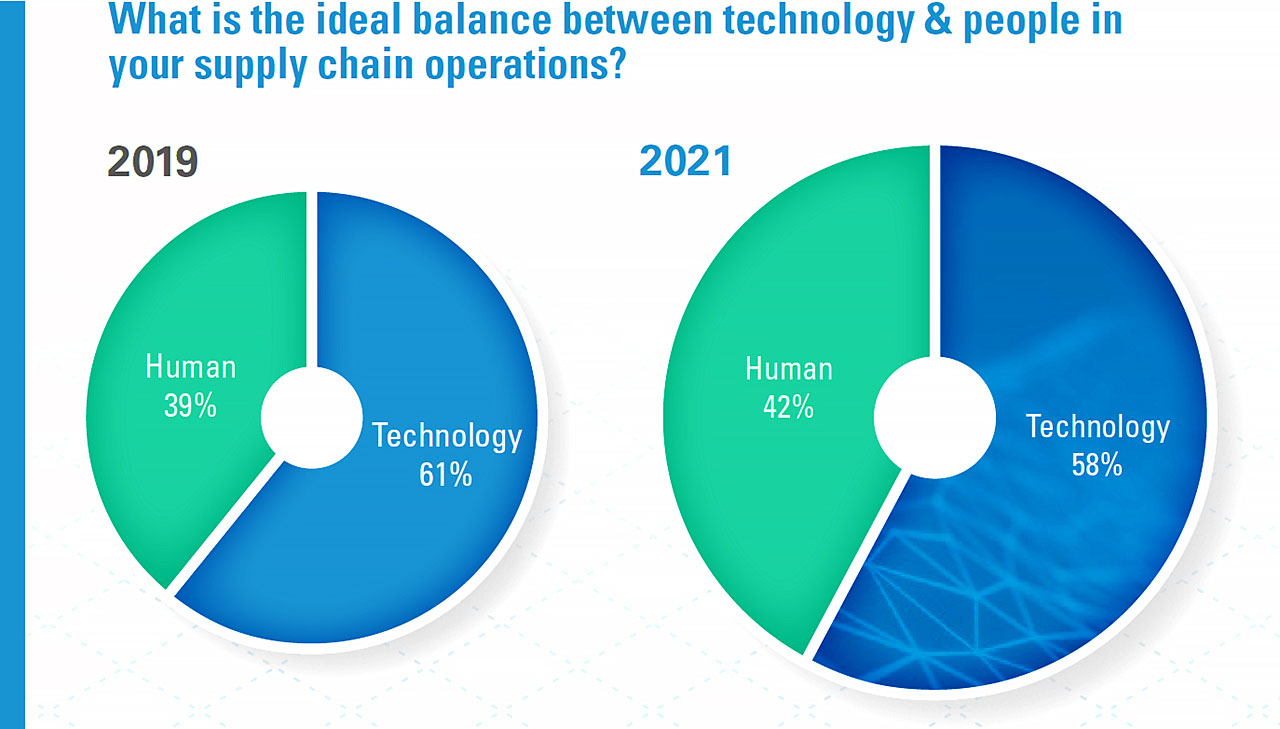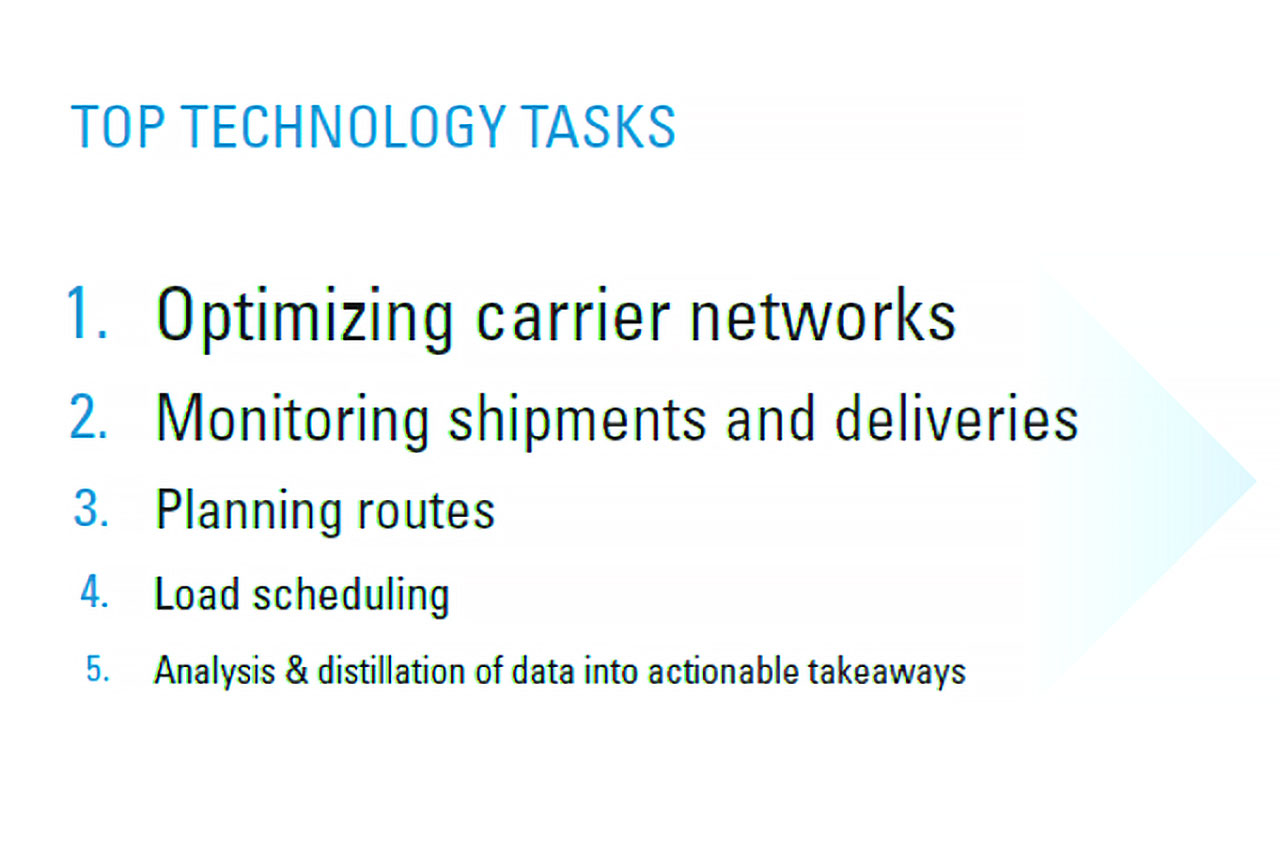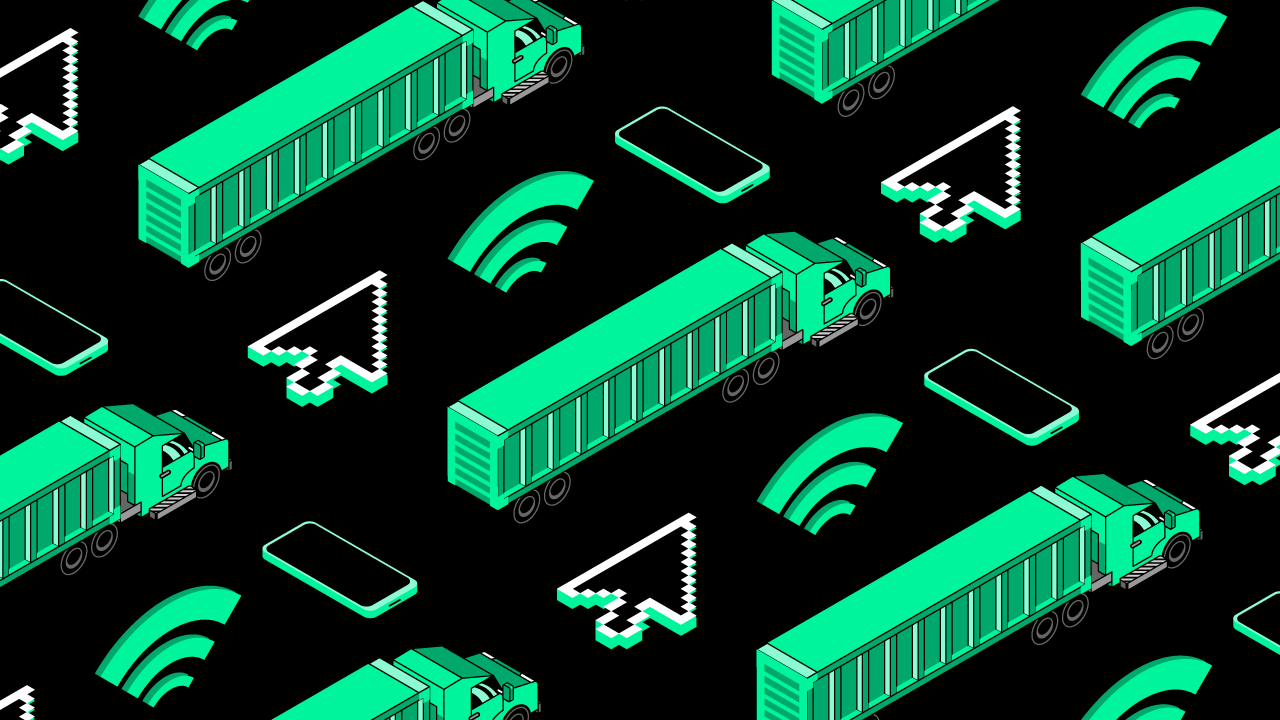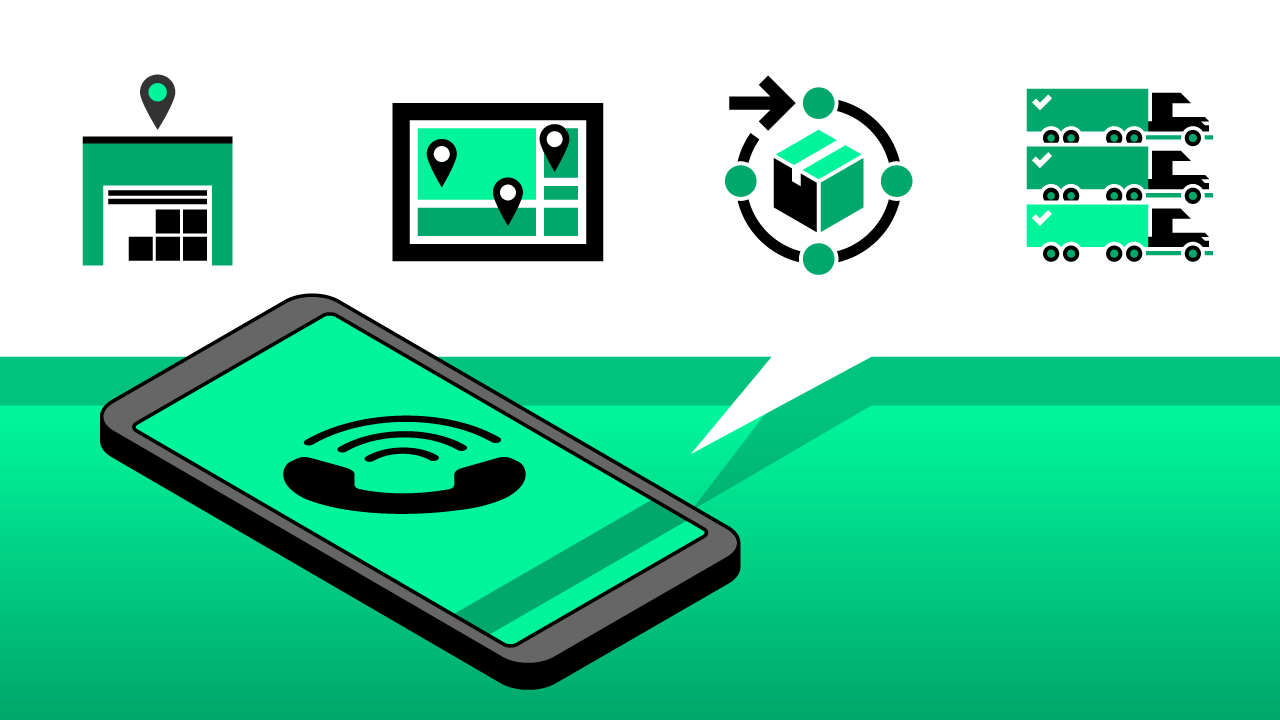In recent years, “digital freight matching” has been a trending topic across the logistics industry, as shippers and carriers alike have turned to tech to solve age-old supply and demand challenges.
If you’re looking to digitally transform your supply chain, you may be wondering…
- How is a digital freight matcher different from traditional broker or third-party logistics provider (3PL)?
- Is it more convenient than a 3PL?
- Does it offer real savings?
- Do you have to pay for either of these benefits by sacrificing service?
It’s time to look past the hype, bust a few myths and verify what’s true.
Learn the ins and outs of digital freight matching so you can have the facts when considering what digital providers fit your your shipping needs.
What Is Digital Freight Matching?
Digital freight matching, sometimes abbreviated as DFM or called digital load matching, is the use of web- and mobile-based technology platforms to match shippers’ available freight (loads) with carriers’ available capacity (trucks).
In these real-time freight marketplaces, businesses post shipments that need to move, then trucking companies with available drivers will search for freight, then book right in the platform.
The most powerful freight matching platforms use predictive analytics rooted in AI and machine learning to optimize matches for service, efficiency, capacity and cost for all parties.
Though important, it takes more than a technology platform to effectively and efficiently move freight.
Think of DFM as the logistics component of the sharing economy, similar to the marketplace tech platforms that companies like Uber and Airbnb have used to disrupt the taxicab and hotel industries, respectively.
For this reason, digital freight matching is sometimes referred to as “Uber for trucking,” (and in fact Uber Freight entered the market a few years ago), but this is an oversimplification of what the best DFM apps actually do.
How Is a DFM Company Different than a Traditional 3PL?
All modern freight brokerages and 3PLs use technology to match carrier capacity with shipper freight — technically speaking, everyone is a “digital freight matcher”.
But there are a few subtle differences between the business approach of some newer entrants and legacy providers.

Digital Freight Matchers
Companies considered to be “digital freight matchers” are usually freight brokerages that entered the market in the past decade with a digital-first operational model.
Generally speaking, DFMs prioritize technology and automation over human interaction and expertise.
For most DFMs, their platform (i.e. app) is their service offering, and all transactions, from quoting and matching to booking and settlement, happen in the app with minimal or no human intervention.
Traditional 3PLs
Traditional 3PLs, on the other hand, employ teams of representatives that communicate directly with both shippers and carriers to facilitate deals, manage pickup and delivery, and track shipments.
This is not to say they are technologically incapable: Practically all 3PLs in the space today use digital load boards and other tech tools to manage their accounts and coordinate freight flows between shippers and carriers.
At the end of the day, the most significant difference between DFM platforms and traditional 3PLs is in how each approaches technology, whether they are adapting new tools into their long-standing, people-centric operations or entering the logistics space from a digital-first perspective.
How to Choose a Digital Freight Matcher: 4 Things You Need to Look For
In our research study on supply chain automation, we asked over 850 decision makers to give us their ideal balance between innovative technology and human expertise in shipping operations.
The answer? 58% technology and 42% people.

When asked specifically how they preferred to book their shipments, 71% of shippers wanted either a digital or combination of digital and people — only 29% preferred all-human booking interactions.
Clearly, most modern businesses rely on 3PLs with strong digital freight matching abilities, but how do you know what’s right?
Since almost every provider has a platform, it can be hard to tell what will actually provide value, and what is a waste of your time (and potentially damaging to your business).
Only 29% of shippers prefer a fully manual freight booking process — here’s how the other 71% choose a DFM provider.
1. Easy Access to Logistics Specialists
Technology can make booking and tracking convenient, but ensure your DFM provider can easily connect you to a skilled representative that actually understands logistics.
Shipping freight is much more complex than arranging a ride home from dinner. You need more than an app when you encounter closed facilities, late drivers or other unforeseen circumstances.
71% of shippers prefer at least some human interaction when resolving shipment/delivery problems.
2. A User-Friendly Interface
Technology should be easy-to-use. There are so many apps on the marketplace you don’t have time for a provider’s app that is difficult to navigate and error-prone.
A good digital freight platform should offer a clear interface and helpful reporting throughout every phase of your shipment, from quoting through delivery.
You should at least be able to do the following in your provider’s digital freight platform:
- Get instant quotes
- Access saved rates
- Build your shipments
- Track your freight
- Show you facility ratings and reviews
- Manage paperwork
- See insightful network data
If your provider’s platform can’t at least do all that, it is likely more trouble than it’s worth.
3. A Big Carrier Network
Freight matching software is a means to an end rather than an end in itself. An app is only as valuable as the freight marketplace it connects you to.
Waiting for a late rideshare driver when you need to get to the airport is annoying, but what about when it’s 40,000 lbs. of your product going to your biggest customer?
According to over 500 shippers, sourcing consistent, reliable capacity is a top three business challenge.
You can’t chance your freight on an app that only has a few available drivers in your area.
So what qualifies as a “big” carrier network? Well, as one of the largest providers in North America, we have over 100,000 carriers in our network hauling thousands of shipments every day.
Seek out a provider whose network is big enough to actually meet your shipping needs.
4. Powerful AI Matching Capabilities
When asked where they most valued technology across 16 supply chain tasks, here’s where shippers most frequently preferred a digital solution.

These are all areas where AI and machine learning are essential to providing value.
Smarter load matching will help in keeping your costs down and service levels high by processing massive amounts of data to find the right driver for your freight.
It will also assist in efficiency for issue resolution, flagging issues before they arise so a trained logistics professional can intervene if something is not tracking according to plan.
When asked what their number one problem with their technology platforms is, shippers said analyzing the data to get meaningful insights.
If your provider’s digital freight matching platform doesn’t have advanced AI solutions, it will be tough to make all that data work for your business.


